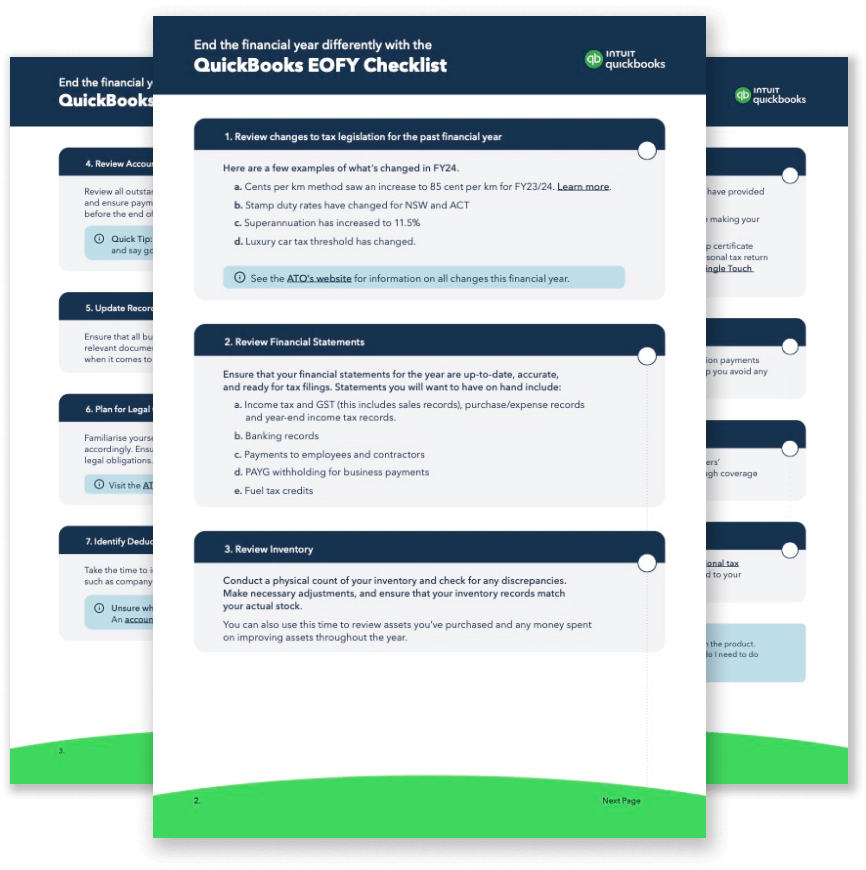What is Accounting Cycle?
Accounting Cycle Definition
The accounting cycle refers to a series of steps that are followed by companies to process financial transactions and prepare financial statements for a specific accounting period, such as a month or a year. The cycle usually starts with the recording of transactions in a journal, which are then posted to the general ledger. From there, an unadjusted trial balance is prepared and adjusted for any unpaid expenses, prepaid expenses, and accrued expenses. Once the adjusted trial balance is prepared, financial statements are then prepared, including the income statement, balance sheet, and statement of cash flows. The cycle ends with the closing of accounts, which involves transferring revenue, expenses, and dividends to the owner's equity account. The process is then repeated for the next accounting period.
Here are the detailed steps involved in the accounting cycle:
- Identify Transactions: The first step in the accounting cycle is to identify and analyze all financial transactions that have occurred during the accounting period.
- Record Transactions: Next, the transactions are recorded in the journal in chronological order.
- Post Entries to General Ledger: The journal entries are then transferred to the general ledger, which records all transactions for each account.
- Prepare an Unadjusted Trial Balance: At this stage, an unadjusted trial balance is prepared to ensure that the debits and credits balance.
- Make Adjusting Entries: Once the unadjusted trial balance is prepared, adjusting entries are made to bring accounts up to date.
- Prepare an Adjusted Trial Balance: After adjusting entries are made, another trial balance is prepared to ensure that all adjustments are correctly recorded.
- Create the Financial Statements: Financial statements are then prepared from the adjusted trial balance, including the income statement, balance sheet, and statement of cash flows.
- Close Accounts: The accounts are then closed by transferring revenue, expenses, and dividends to the owner’s equity account.
- Prepare the Post-Closing Trial Balance: The last step in the accounting cycle is to prepare a post-closing trial balance to ensure that all revenue and expense accounts are zeroed out.









